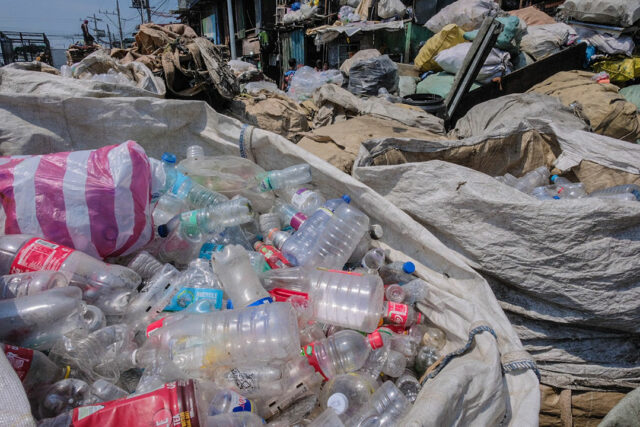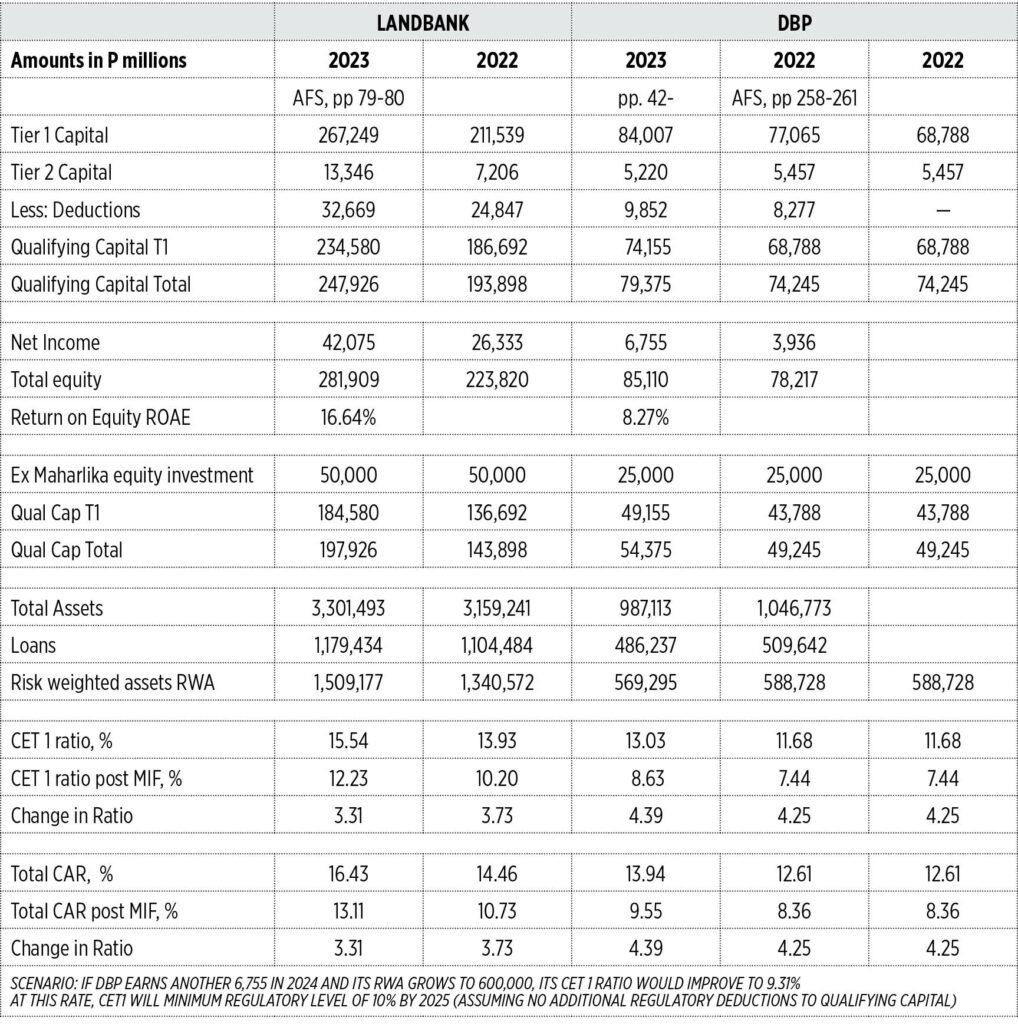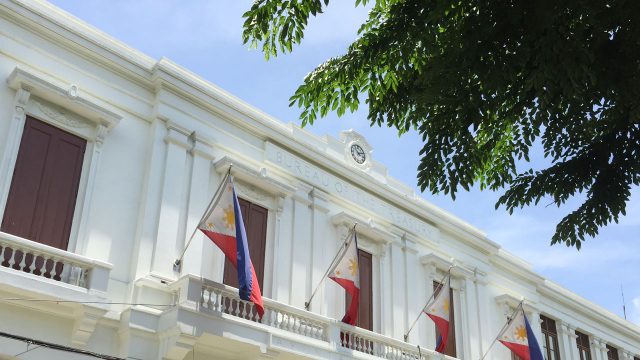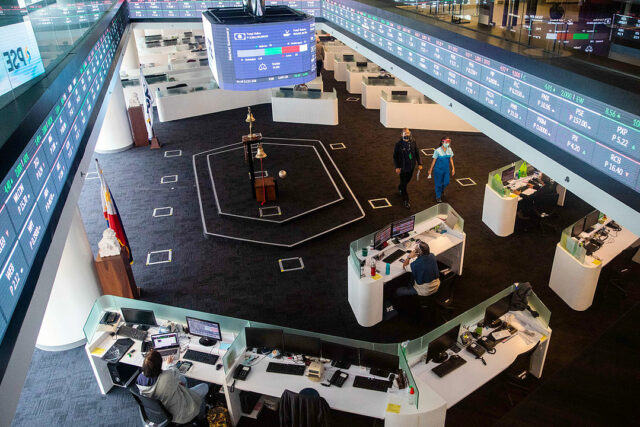As taxpayers, we have the right to know where our money is being spent. And in 2025, the government will spend a lot of it: P6.326 trillion. So let us call a spade a spade: the recently signed budget is a license to steal our dignity as Filipinos.
This is a pork barrel scandal worth hundreds of billions of pesos, many times larger than the one involved in the Supreme Court case where the practice was declared illegal. Former Senate President Franklin Drilon estimates the amount of pork barrel to be at P731.4 billion for both fiscal years 2024 and 2025, “a massive amount that has largely remained unchecked,” a level he has not seen in his 24 years as a legislator.
How did it get to this point?
Here are five problems with the 2025 budget.
Problem No. 1. Congress inserted billions of pesos in secret pork barrel projects during the bicameral conference committee.
This budget cycle goes through four phases: preparation, legislation, execution, and accountability.
During budget preparation, the President proposes his budget to Congress, based on recommendations from his cabinet members and staff. The result is the President’s budget proposal, called the National Expenditure Program.
During budget legislation, members of the House and the Senate discuss the President’s proposed budget during their respective sessions, with each chamber passing their own version of the budget. Since the Philippine Congress is bicameral, the versions of bills passed by each would normally have differences. To reconcile their versions, a select few senators and members of the House meet in a Bicameral Conference Committee, or simply, the bicam. The approved version of the bicam would then be read in each chamber for their respective approval.
Once approved by each chamber, Congress then submits this reconciled version of the budget bill to the President for his signature. Once signed, this General Appropriations Bill becomes a law, and will be now called the General Appropriations Act. Before he signs the budget, the President has the power to veto, or remove, specific items.
During budget execution and accountability, National Government agencies implement the projects based on the budget law.
In the whole budget process, the least transparent part is the bicam. Congress took advantage of the secrecy of the bicam to maximize their pork barrel in the 2025 budget.
The bicam is a closed-door session. No one outside Congress and their select staff can join these meetings. There is no public record of which lawmakers inserted or deleted provisions. All that citizens have access to is a document summarizing the changes between the reconciled version.
The most egregious insertion is the massive increase of P289 billion in the Department of Public Works and Highways (DPWH) budget.
This list of congressional insertions in DPWH was kept secret during the bicam until the President signed the budget. We still do not know the full list of projects covered by the said P289 billion.
If previous years are an indication, however, these DPWH insertions may consist of more flood control, road construction, road widening, and many other projects without proper studies.
So while it is good that the President vetoed P26 billion of the net P289 billion in DPWH projects that Congress inserted during the bicam, this still leaves behind P263 billion in DPWH projects that Congress inserted.
A simple question we can ask: given the recent flooding from the typhoons in Bicol, and terrible road conditions for provincial travel, can we really feel the impact of hundreds of billions of pesos of our taxpayer money invested in public works?
Meanwhile, budgets for key priority public transport projects, such as service contracting for buses and jeepneys and the provision of protected bike lanes, have either been slashed or removed altogether.
Baguio City Mayor Benjamin Magalong says up to 70% of contract amounts spent in public works go to corruption, otherwise known as “SOP.”
Problem No. 2. They want us to beg them for medical assistance when we’re sick.
Congress zeroed out the Philippine Health Insurance Corp. (PhilHealth) subsidy this year even if we’re so far from having expanded benefits packages that achieve universal healthcare.
And because PhilHealth is far from sufficient to cover our medical expenses, they want us to keep begging them for guarantee letters when we’re sick, under the Medical Assistance to Indigent and Financially Incapacitated Patients (MAIFIP).
Guarantee letters are endorsement letters from politicians that citizens need to present to hospitals to pay for part of their bills. There would be no need for guarantee letters if universal healthcare is achieved and PhilHealth is adequately funded and run.
But instead of increasing PhilHealth’s subsidy so it could, in turn, expand the benefits towards achieving universal healthcare, politicians want us citizens to feel personally indebted to them using our own taxpayer’s money. Instead of improving the healthcare system as a whole and patients receiving our benefits automatically, Congress is handing out our own taxes on a “tingi” (piecemeal) basis so that recipients in exchange for votes and “utang na loob” or debts of gratitude.
Not to mention, the list of beneficiaries and even the amount of medical assistance are in practice approved by legislators, even though they are legally not allowed to.
Lastly, Congress also violated the sin tax law and the universal health care law, which were supposed to make the earmarking of a certain percentage of revenues to PhilHealth automatic every year. Healthcare advocates all over the country now chant, “PhilHealth namin, ‘wag nakawin” (Do not rob our PhilHealth).
Problem No. 3. They want us to beg them for ayuda (assistance) during an election year.
They want us to beg politicians for guarantee letters and for us to be included in their ayuda list for the AKAP (Ayuda sa Kapos ang Kita Program) or the ayuda program implemented by the Department of Social Welfare and Development (DSWD).
Many see politicians’ faces plastered at the covered courts during “payouts” for AKAP, and even cash-for-work programs like the Department of Labor and Employment’s TUPAD (Tulong Panghanapbuhay sa Ating Disadvantaged Workers) program. According to many budget watchers, programs like these will be used to buy votes this coming midterm elections.
Meanwhile, they cut the Pantawid Pamilyang Pilipino Program (4Ps) by P50 billion, even if there is a lot of research that this conditional cash transfer program works for poverty alleviation, health, and education. The 4Ps notably also has more objective and proven criteria for beneficiary selection.
I support Professor Cielo Magno’s call to open up the beneficiary list of AKAP and amounts per barangay, similar to the release of the Social Amelioration Program list during the COVID-19 pandemic. This is possible, given that we got a National Privacy Commission ruling a few years ago stating that it is allowable, under the provisions of the Data Privacy Act, to release the names of beneficiaries per barangay and the amounts they received from the government.
Problem No. 4: Despite our learning crisis, they prioritized pork over education.
Some of the P26 billion that the President vetoed might be reallocated to education if Congress passes a special law next year doing so. Much has been said about the net P12 billion removed from the Department of Education (DepEd) budget, its computerization program, and basic education facilities, and further cuts to the budgets of TESDA and CHED (the Technical Education and Skills Development Authority and Commission on Higher Education) — amid our learning crisis.
Still, education is not given the “highest budgetary priority” as the Constitution requires, contrary to what the government said in their statements. They just made up another formula, arbitrarily adding and subtracting agencies and line items, to maximize the DPWH budget while making it appear smaller than education and therefore “constitutional.”
Problem No. 5. They bloated unprogrammed appropriations to maximize pork, and to rationalize sweeping the cash of and weakening government corporations.
Unprogrammed appropriations are budget items that require revenue collections that exceed targets before they can be implemented. This has grown to several hundreds of billions of pesos the past three years under this administration. This is where they place the projects which they deem are of a lower priority. The reality is that projects under unprogrammed appropriations get delayed or are not actually implemented. Tragically, many projects under the Philippine Development Plan have been moved to the unprogrammed appropriations.
While the President vetoed more than P100 billion in projects from unprogrammed appropriations, this has no effect on the total amount that can be reallocated next year. The President needed to veto from the programmed part of the budget and within the government’s target revenues and borrowings.
So why place unprogrammed appropriations at all? To maximize pork. Unprogrammed appropriations are being used to rationalize stripping away cash from important government corporations and financial institutions to maximize space for pork in the programmed part of the budget. Even with the President’s veto, the unprogrammed appropriations still run up to hundreds of billions of pesos.
On a related note, the International Monetary Fund has already issued warnings about the capital of DBP (Development Bank of the Philippines) and LANDBANK, given the cash that was swept away from them for the Maharlika Investment Fund. Several analysts have also warned about the sweep they are doing with the Philippine Deposit Insurance Corp. (PDIC), that may affect the confidence of depositors that the PDIC can actually cover our deposits.
Where to go from here will be the subject of another essay.
Kenneth Isaiah Ibasco Abante coordinates the Citizens’ Budget Tracker, a community of volunteers that has been tracking the budget since the COVID-19 pandemic. He served in various leadership roles in the Department of Finance from 2012 to 2016, including chief-of-staff to senior officials and lead technical staff for national budget hearings.


























